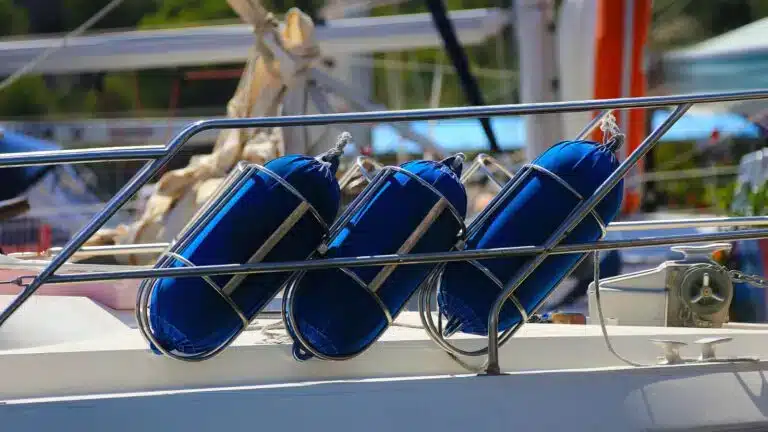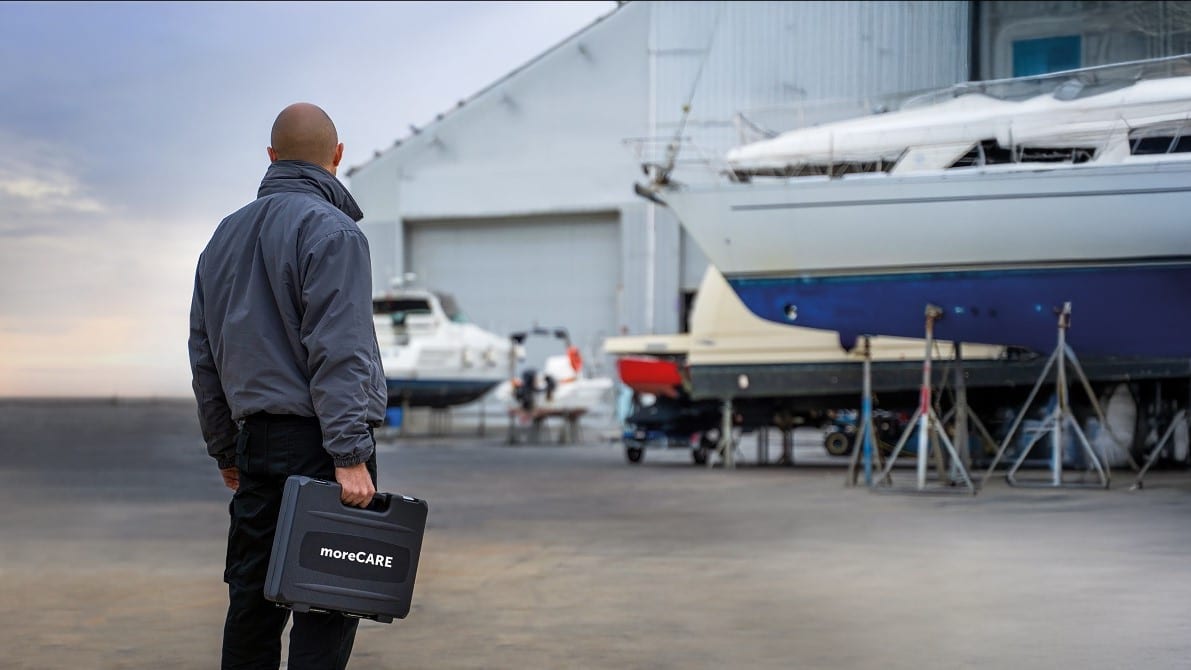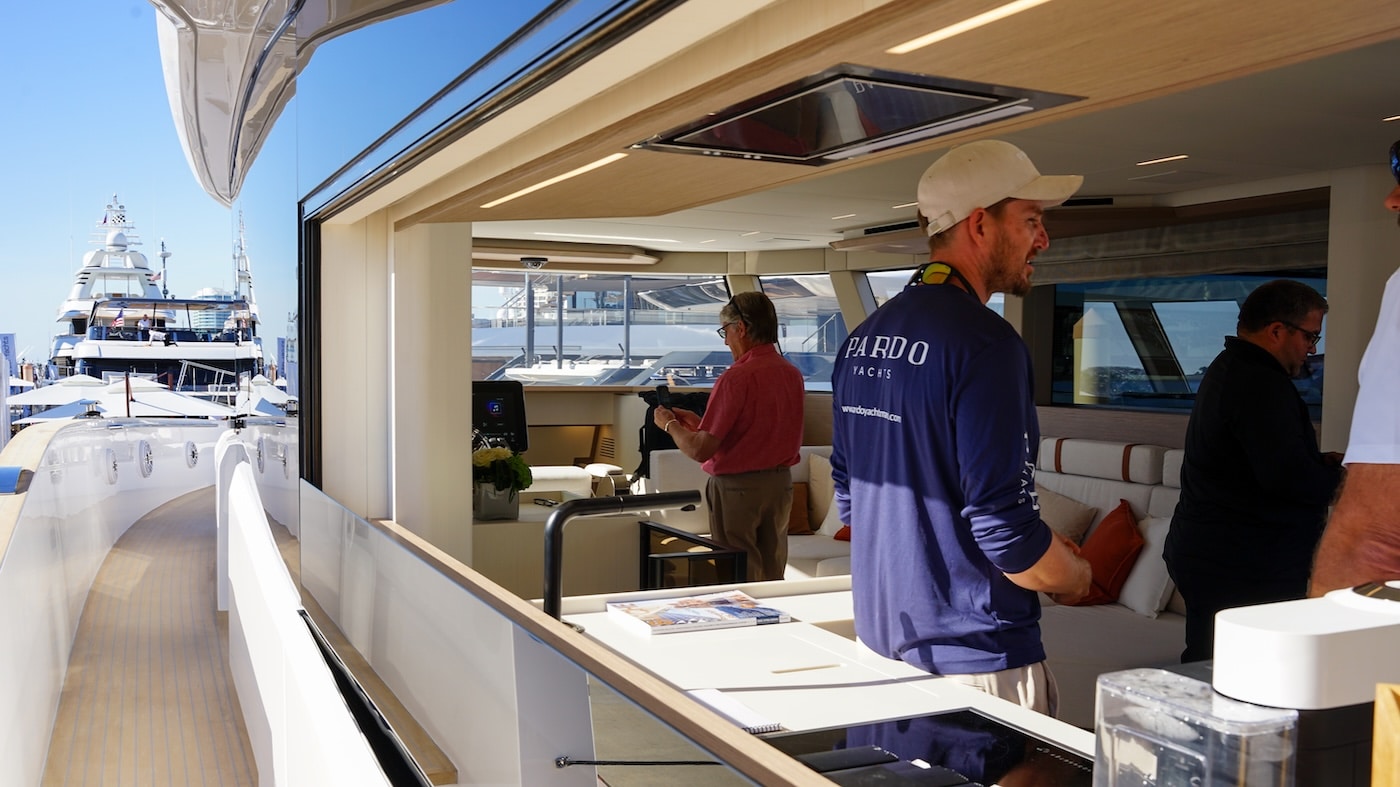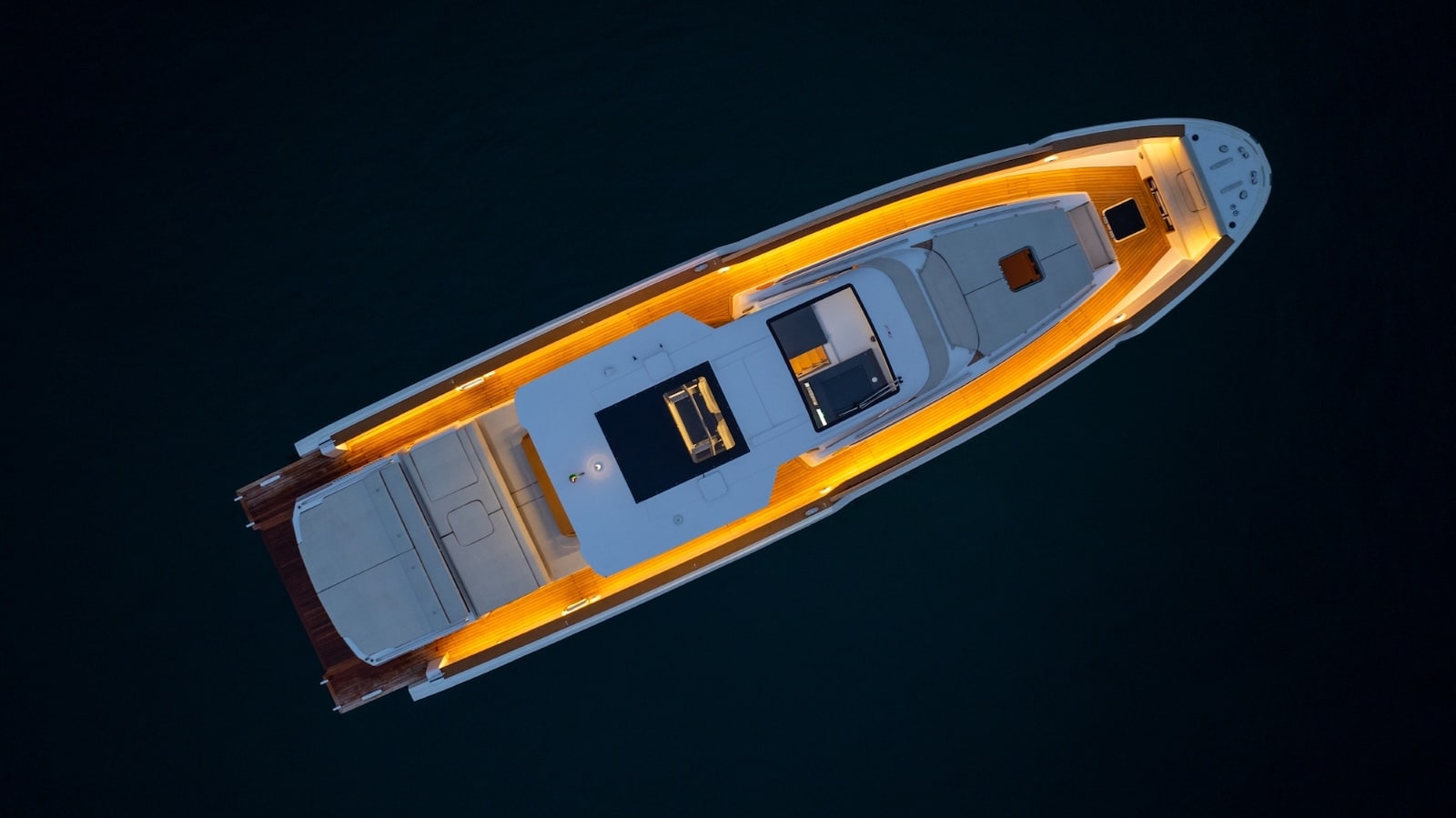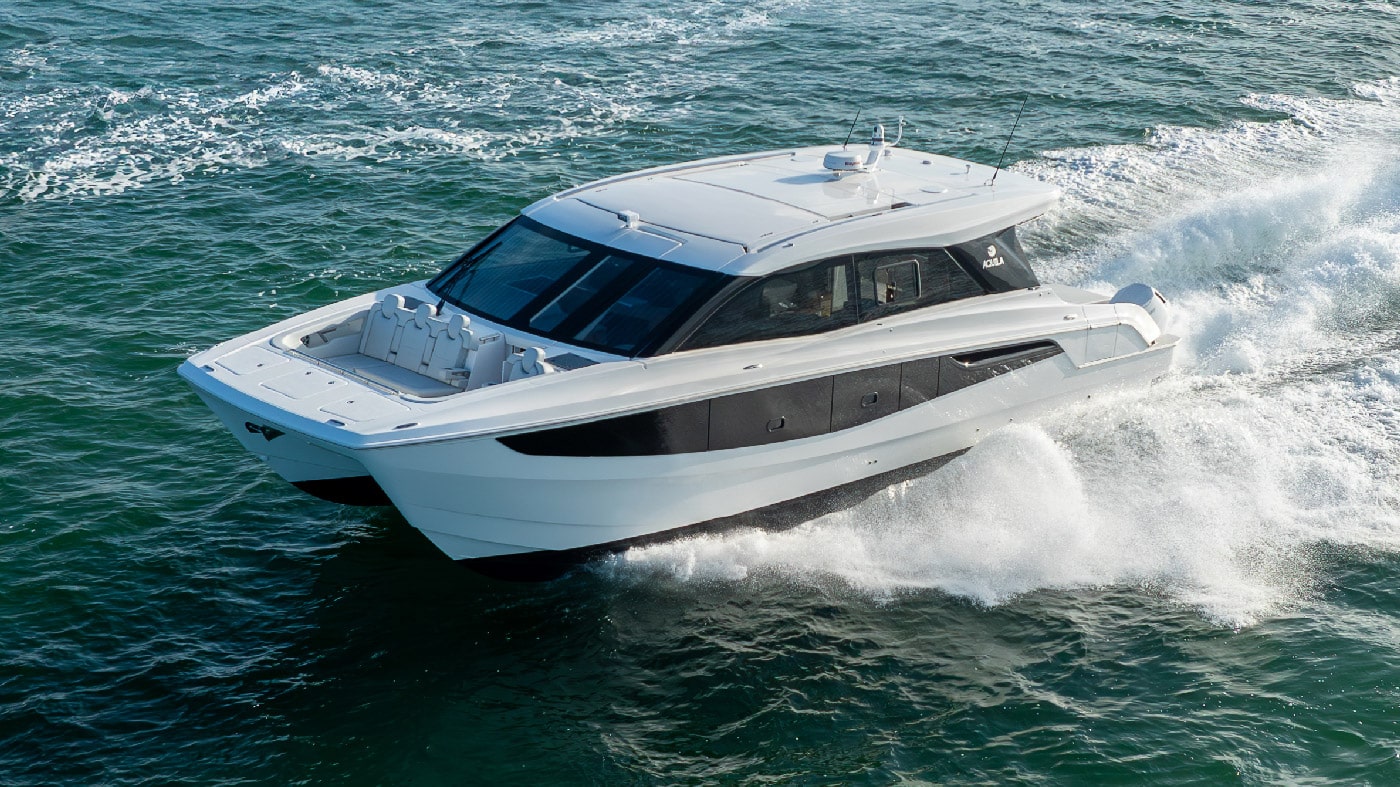Fenders play a crucial role in preserving the integrity of boats when they are moored or approaching a dock, protecting them from impacts against the dock or other vessels.
But what exactly are fenders? What models exist and in what situations is it advisable to use them? In this article, we will explore in detail everything there is to know about fenders: from their definition and composition to their operating principles and the importance of using them correctly.
Boat Fenders: Definition
A fender is an object, usually spherical, cylindrical, or flat, used to protect surfaces from impacts. On boats, fenders are positioned on the gunwales, stern, or bow to prevent accidental collisions or rubbing against the dock or other boats.
The material they are made of can vary depending on the model: they can be hollow, solid, rubbery, or spongy, but the most common ones have an outer PVC or rubber coating and an internal air chamber. Their absorbing and elastic properties make them indispensable tools on board.
Types: a comprehensive overview
“Depending on the surface to be protected, there are different types of fenders: for tenders, for docks, for boats, for specific surfaces, etc.
Each of them has a precise shape and composition for the intended use. Let’s examine them in detail.
Cylindrical Fender
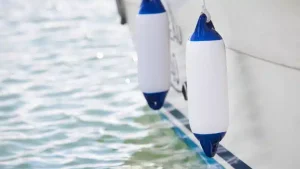
When positioned vertically, it provides protection to the boat’s hull even in the presence of tidal variations, while when applied horizontally, it offers protection over a wider surface area of the boat.
Fenders with this shape typically feature an outer rubber coating and an internal air chamber, adjustable through a valve.
Spherical Fender
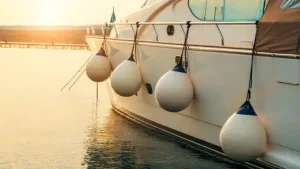
Flat Fender
The flat fender has a rigid and solid structure. Thanks to its slim shape and compact size, it represents an excellent solution when space is limited. Typically made of foam, sometimes with a nylon coating depending on the model, flat fenders are designed for versatility in usage and provide ample protection in confined spaces.
An interesting characteristic of these fenders is that when they are not actively protecting the boat, they can double as cushions or small tables. On the downside, however, they have low impact resistance and are very lightweight. This makes them susceptible to strong winds and rough seas, rendering them vulnerable to damage.
Bow Fender
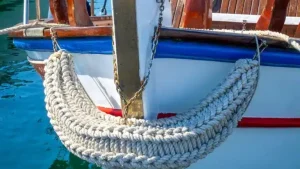
How many fenders to apply to the hull
The most common question on the topic is: “How many fenders do I need to have on board?” The contrast between limited space available and the need to protect the boat opens up various scenarios and possibilities. Certainly, the choice of fender type influences the final outcome, because using only spherical fenders does provide better protection, but requires much more space when not in use on the bulwarks.
Therefore, the type of fenders, their diameter, and the length of the boat all play a role in defining an ideal number of fenders to always keep on board.
Following a theoretical approach, we should position the fenders approximately 2 meters apart, taking into account their diameter, which can range from 9 to 50 cm, depending on the boat’s size and the height of the bulwarks.
For example, on a 10-meter sailboat, we can apply 3 cylindrical fenders, each with a diameter of 20-25 cm, on each side.
Still theoretically, the size of the fenders should ensure coverage of ⅔ of the vertical surface of the topsides.
How to secure the fenders
The most common way to secure the fenders to the hull is by making a loop at the end of the fender and tying a cleat hitch (also called a clove hitch knot) onto the lifelines or the base of the stanchion with the other end of the line.
The length of the line varies depending on the height of the topsides. Generally, it should be long enough to allow the fender to be lowered to the water’s surface in case there are very low obstacles to safeguard against.
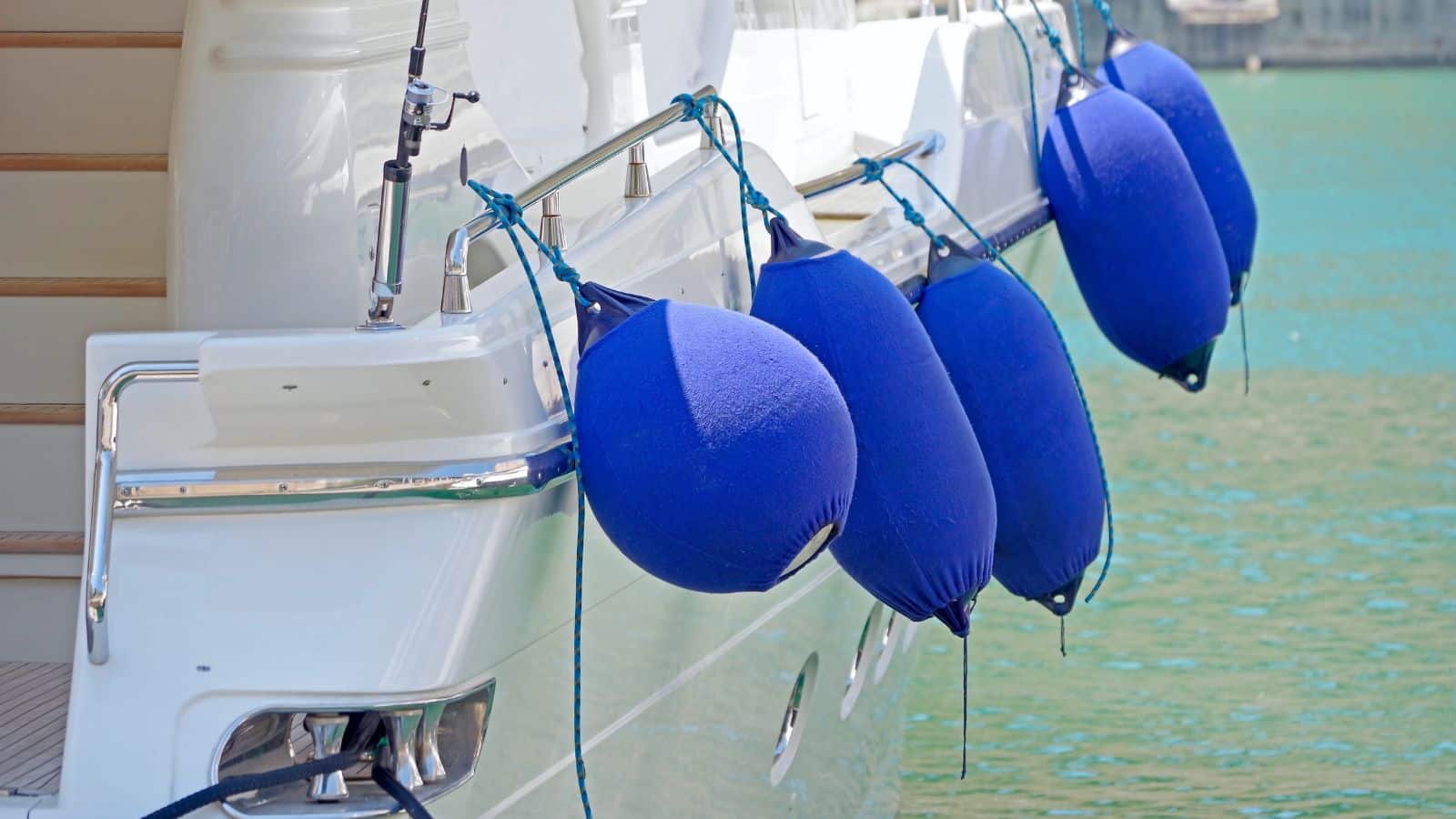
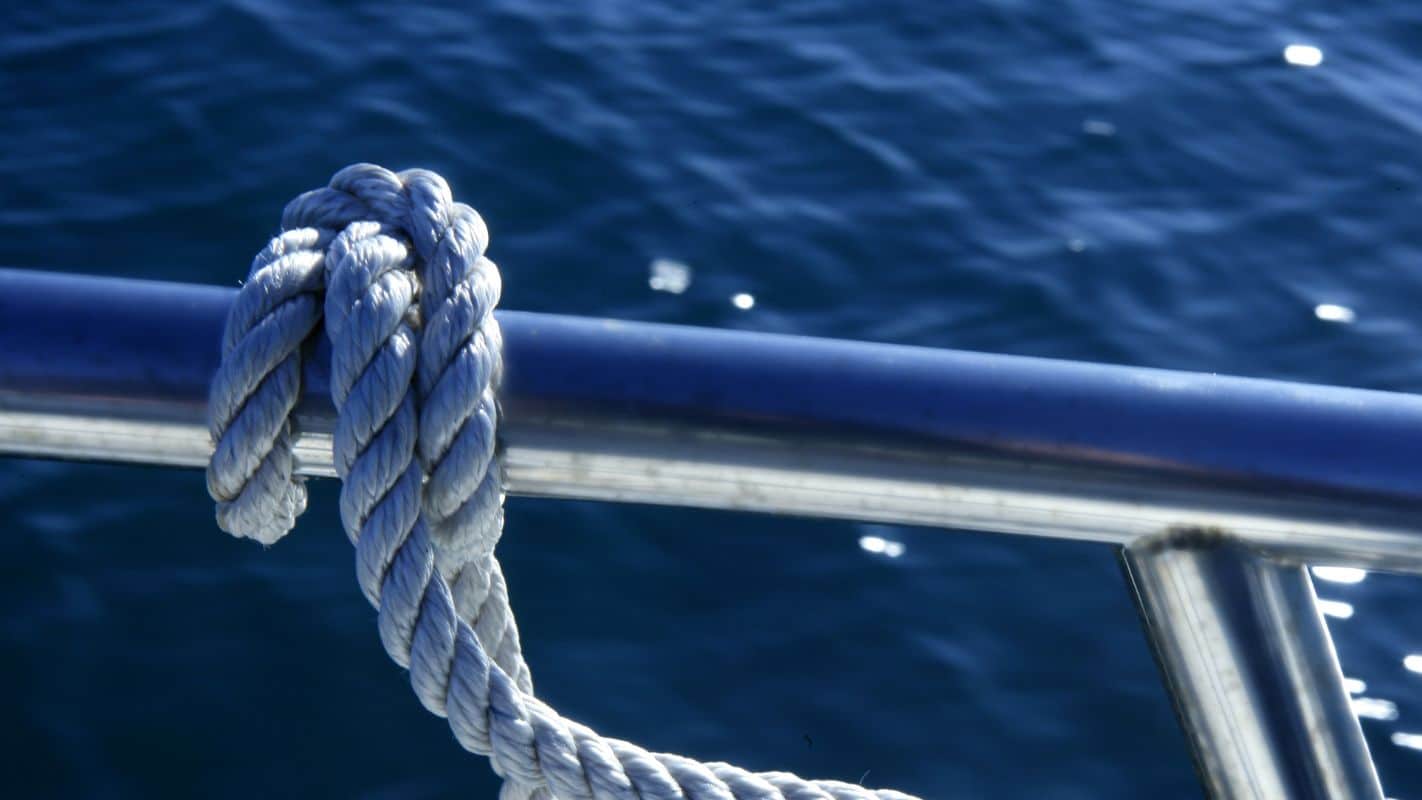
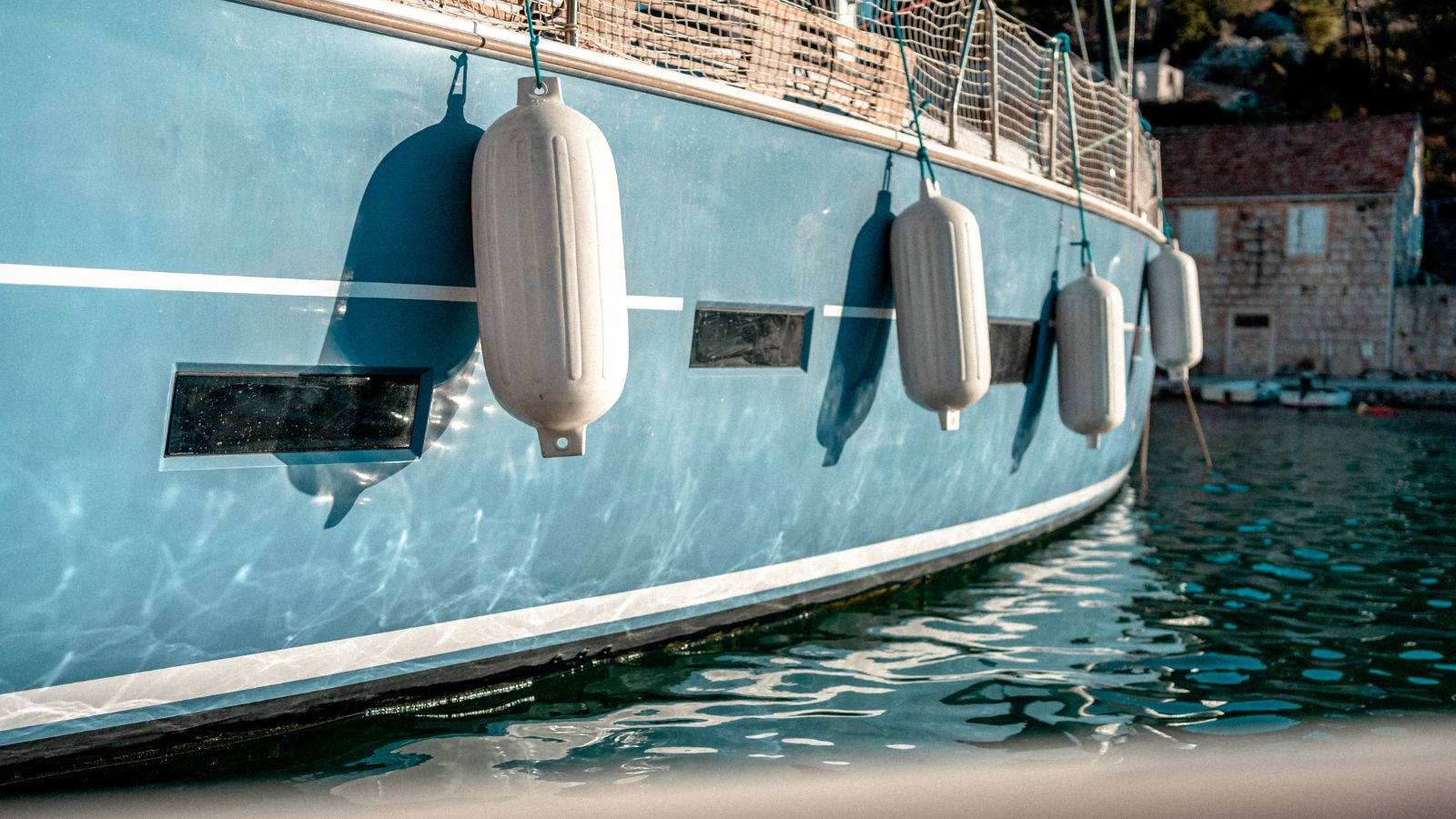

How much to inflate them
In nautical stores and marinas, it’s possible to purchase fenders already inflated, but due to space and size considerations, it’s more likely that elsewhere (such as on online shopping platforms), they are sold deflated and flattened.
Therefore, it becomes important to know how much to inflate them and with which tools.
Firstly, there are two types of valves for inflating fenders: screw valves and needle valves. Screw valves feature a safety screw that seals the opening, while needle valves provide a direct path to the air chamber.
Fenders can be inflated using a simple compressor, available in various workshops, nautical stores, or gas stations, or with a manual pump.
Regarding pressure, manufacturers usually provide guidelines on how much they should be inflated. Typically, fenders require a pressure of about 0.15-0.20 bar under ambient conditions of 20°C. As the temperature increases, the pressure should be reduced.
In the absence of a pressure gauge, the operation to determine if they have been inflated correctly is as follows: applying pressure with a finger on the fender, it should flex by about 1 cm.
Where to store the fenders: the stowage
Although extremely useful, fenders can be bulky, so unless you decide to inflate and deflate them every time you use them, you need to find a suitable place to store them. Lockers, if spacious enough, are the ideal place to stow them because they are enclosed spaces, away from the sun and weather elements responsible for fender wear and tear.
If lockers don’t provide enough space, there are several fender supports available on the market that can be positioned on the deck and railings.
As for spherical fenders, which are more difficult to stow, they can be hung astern, on the pulpit, or on the stanchions, ensuring that the downwind ones don’t end up in the water in windy conditions.
In conclusion, fenders are an essential tool for protecting the boat as a whole during mooring and unmooring maneuvers. Unlike cars, boats float on an unstable, never-still surface, making it practically impossible to approach any maneuver without risking hitting a dock or another boat. The same applies to moorings in the harbor: boats are never perfectly still, and fenders are the only barrier between the hull and the dock.
They are the only protection against chafing, impacts, and damages. Knowing how to use them correctly is not only very important but also marks the boundary between a boat at risk of damage and one moored safely.

